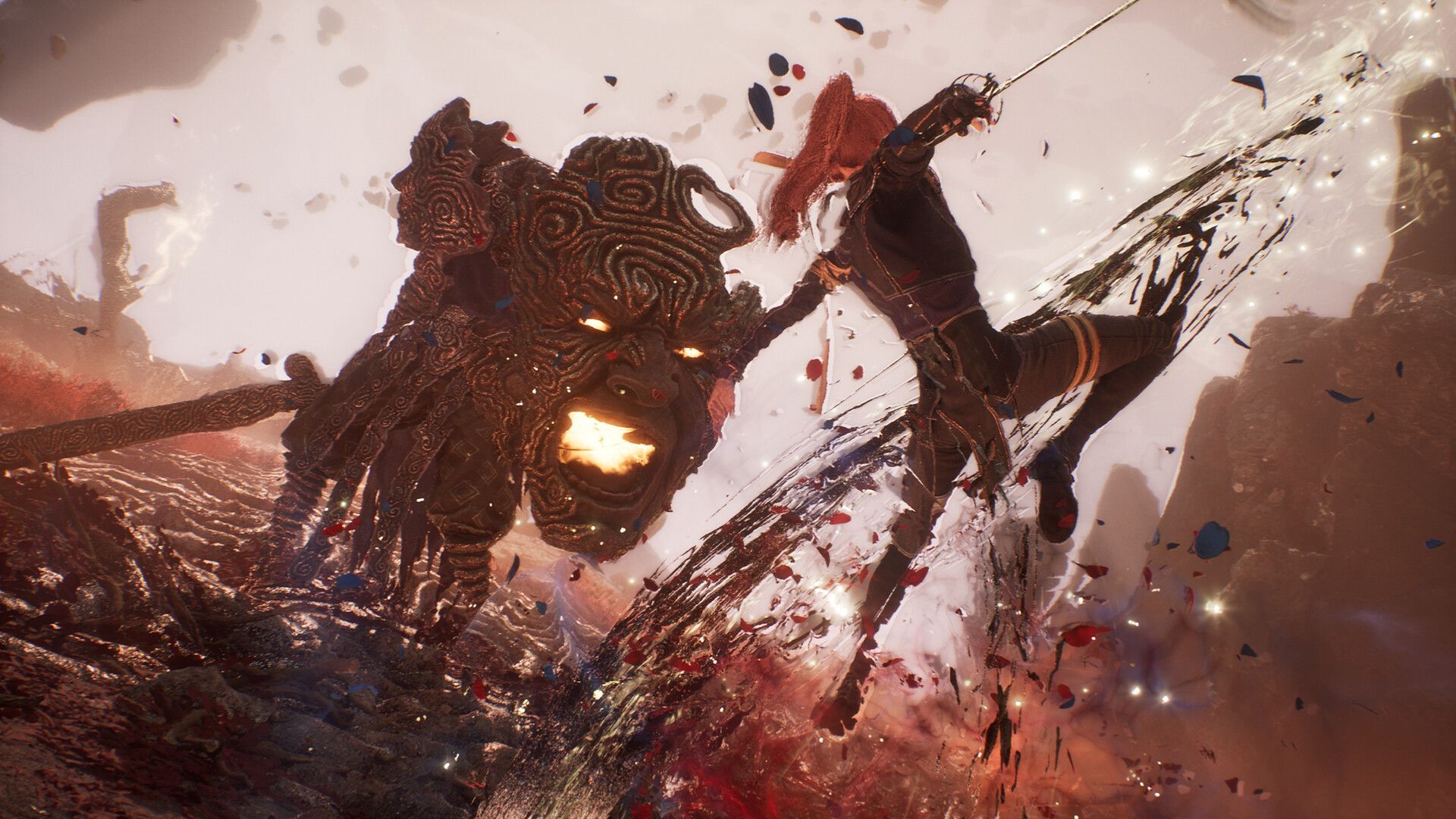Dzmitryiev has even noticed that watching someone else play a game can induce GTP-style effects. He gives the example of observing someone having fun in Minecraft, a colourful exploration and world-building game. Watching the other person’s progress intently can lead to Dzmitryiev to, he says, literally perceiving his own surroundings as though they were built from the cube-like blocks used to construct the virtual environments in Minecraft. This effect – like an involuntary visual overlay to his surroundings – can last for an hour or so, he says. “It’s why I tend to stay away from VR games now – because I still feel fully immersed for too long after taking the headset off,” he says.
It raises questions about whether the games industry should be addressing GTP in some way? Since so many games are played by children and young people, Ortiz de Gortari argues that developers should take more responsibility in addressing the potential impact of GTP on susceptible gamers, possibly through their own research, or at least by acknowledging its effects.
Dines says that he would endorse some kind of warning on games. It may only have relevance for a few gamers but that’s no different to the warnings about strobe lighting effects, which could induce epileptic seizures in a small subset of players, for example.
“Game developers intentionally craft their products to give certain experiences – they know their game’s power,” says Farha. “Players need to appreciate that games have to be used correctly. I know I’ve played too much at times and it didn’t make me feel good.”
But Nick Ballou, a postdocoral researcher in video games and mental health at the University of Oxford, expresses concern that overemphasising the dangers of GTP will fuel the moral panic around video games or stoke fears that all games are inherently unhealthy. Ballou is currently in the process of analysing data shared with him by the gaming industry. This data covers five leading video game platforms and his goal is to provide the most nuanced picture to date of how games affect people, both for better or worse. He aims to publish the first research from this project this spring.
More like this:
• Why children love Minecraft so much
• The mysterious origins of an uncrackable video game
• The people who ‘see’ foreign languages
Most gamers don’t find that their hobby impacts their mental health negatively, he says. Rather, they more commonly report that gaming induces feelings of relief or relaxation, and that it gives them access to communities or offers a sense of achievement and identity. “Any problems are at the extremes (of gaming),” says Ballou. “(Similarly), in small doses, GTP doesn’t strike me as particularly problematic. If it was endemic we’d see more people out there behaving in very strange ways. But we don’t.”
For Ortiz de Gortari, however, there’s a lot still to uncover about this extraordinary phenomenon. We still know relatively little about the way gamers unconsciously process what they see and hear during play. A better understanding of this, through a complex and expensive brain scan study, might, she says, help us unravel what happens as GTP kicks in.
“We have enough evidence that GTP is happening,” she says. “Now we need to know more about how and why.”
—
For more technology news and insights, sign up to our Tech Decoded newsletterwhile The Essential List delivers a handpicked selection of features and insights to your inbox twice a week.
For more science, technology, environment and health stories from the BBC, follow us on Facebook, X and Instagram.



